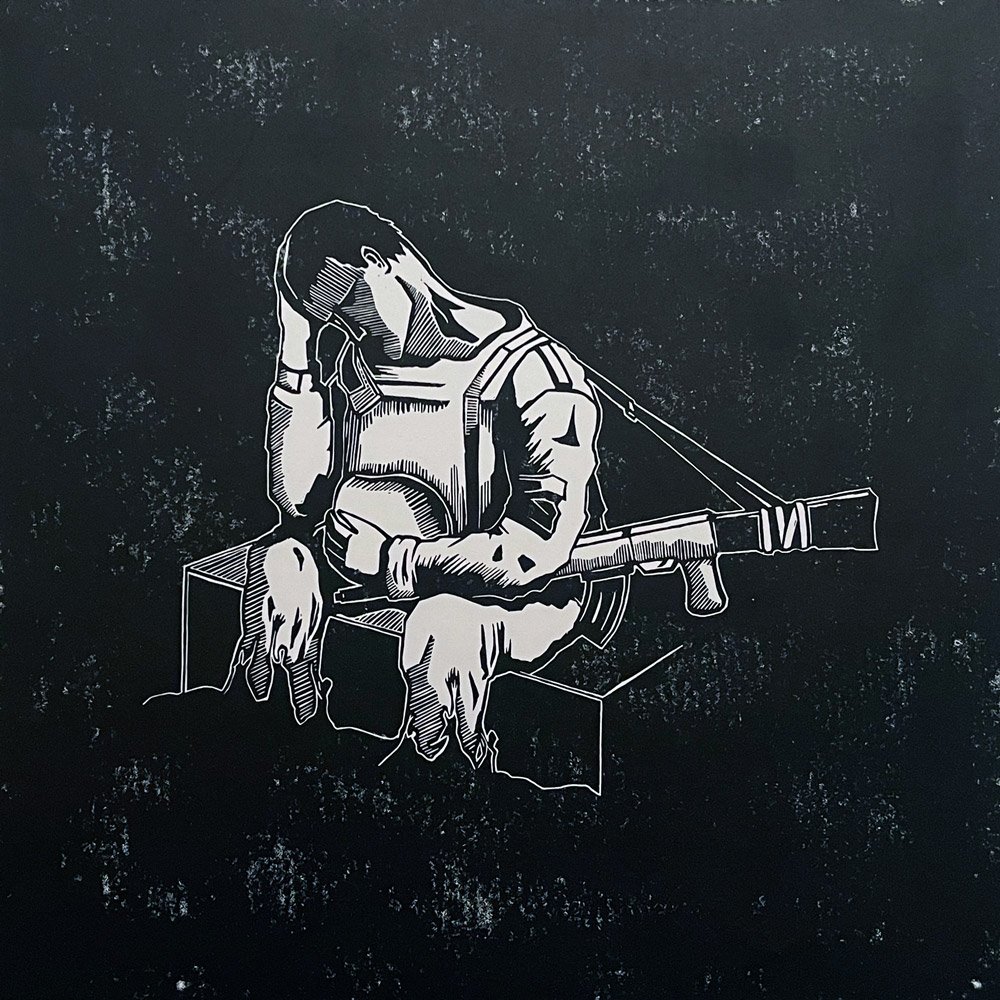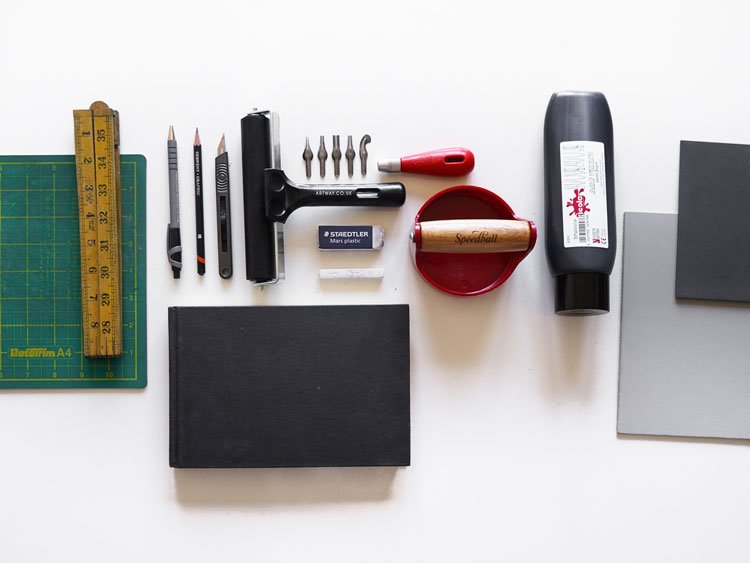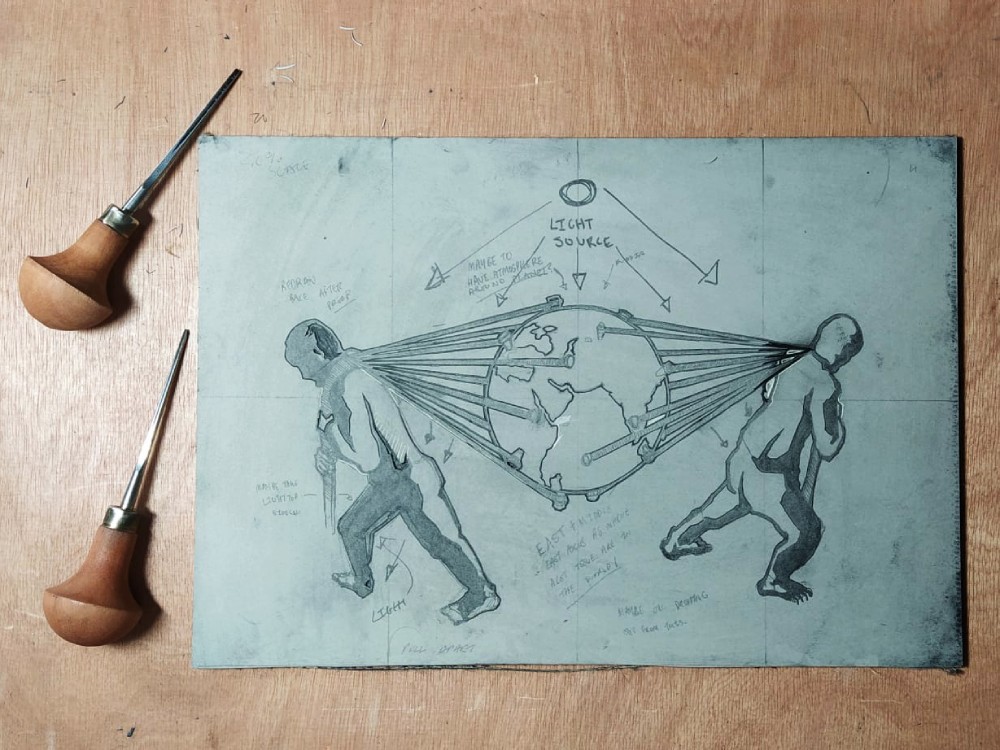Last Updates Published: January 14, 2024
What is Lino Printing?
Lino printing is a way of making art that uses linoleum, a soft material, to create pictures or designs. Artists carve into the linoleum to make their design. Then, they put ink on the top parts that aren’t carved away. When they press the linoleum onto paper or fabric, it makes a print of their design. This method is good for making lots of copies of the same picture. It’s easy to learn, so lots of people enjoy doing it. Lino printing is special because it makes prints that look and feel different from other types of art. It’s been around for a long time but is still popular today. Plus, it’s a nice way to make art with friends or in a group.
- Lino printing, also known as linocut, is a relief printmaking technique akin to woodblock printing.
- Designs are carved into linoleum block, vinyl or rubber.
- The raised, uncarved areas are inked with a brayer and then pressed onto paper or fabric using a baren.
- Lino printing allows for the creation of multiple copies, or editions, of the artwork.
- Produce vibrant textured prints and easy to learn at home.

Monsters From The ID – Linocut on Zerkall Paper
Lino printing shares similarities with traditional woodblock printing. However, linoleum is favoured over wood due to its carving-friendly nature.
While some linocut techniques, such as single-colour prints, are straightforward, others involve more intricate processes. These can include reduction printing for multi-coloured outputs or registration techniques for using multiple blocks. This guide focuses on the single-colour linocut technique. Given the high cost of a lino printing press, we’ll be using a baren or wooden spoon for our printing.
If you’re dipping your toes into this creative pool for the first time, or if the idea of lino printing has sparked your curiosity, you’ve found the right place. For over ten years, I’ve journeyed through the intricacies of linocut creation starting when I was a teenager at school (How time flies!) , and I’m excited to share this path with you. As a beginner, you might feel a mix of excitement and uncertainty – fear not! I’m here to guide you step by step, unraveling the joys and challenges of lino printing, and helping you discover the artist within. Let’s embark on this artistic adventure together!
Table of Contents
Why Choose Linocut?
One of the most appealing aspects of linocut is its simplicity, making it an excellent choice for home artists. Personally, I gravitated towards linocut for this very reason. Unlike other printmaking techniques that often require complex setups or a plethora of tools, linocut is beautifully straightforward. With minimal equipment, you can transform a simple piece of linoleum into a stunning work of art right from your kitchen table or home studio. This ease of access not only makes linocut a practical choice but also opens up a world of creative possibilities for anyone, regardless of their artistic background or experience.
Can You Lino Print at Home?
Absolutely, lino printing can be done at home with just a few basic, affordable tools. Among various relief printmaking methods, linoleum block printing stands out as one of the most user-friendly and easiest to pick up from home.
Whether your goal is to craft homemade Christmas cards or delve into lino print art, our step-by-step guide for beginners will set you on the right path. Due to its approachable nature, many artists choose lino printing as their introduction to printmaking.







